Check the conference info at the Ohio Educational Technology Conference 2010 page, or see the schedule to be streamed into Second Life starting today at the University of Cincinnati Second Life Project website. I’ll be heading down shortly!
Archives
06
Oct 09
PBS Video & A La Carte Education?
This post was inspired by a video I recently watched on the web. I was tickled pink to discover that @pbs is placing their video collection online. Time and again I see PBS innovating and using technology in new and meaningful ways, and this is no exception (though, please, I want to embed, PBS!) – the video archives are rich with the kind of nerdy stuff I love to watch, including the Journal with Bill Moyers. In this clip, Sam Tannenhaus was on the program to discuss his new book, The Death of Conservatism. From Bill’s introduction:
Sam Tanenhaus edits two of the most influential sections of the Sunday NEW YORK TIMES – the Book Review and the Week in Review. He’s had a long fascination with conservatives and conservative ideas. He wrote this acclaimed biography of Whittaker Chambers, the journalist who spied for the Russians before he became fiercely anti-communist and a hero to conservatives. Now Tanenhaus is working on a biography of the conservative icon William F. Buckley JR.
They discussed the protests in Washington (teabaggers, health care reform, anti obama, glenn beck, september 2009) and I must say, Sam quite blew me away. I’m not sure I recognized all the names he mentioned, but here was a guy who knew his American political history. Wow! My first thought after the show ended was – where does THAT guy teach, I wanna go there!
And then I thought, it sure would be nice if you could choose your professors, not from the pool at your current institution, but from anywhere in the world, and perhaps even from outside academia. Why can’t we do that already? With distance being so easily mediated by technology – through video, skype, virtual worlds, podcasts, twitter, RSS – the web and all its glory, why aren’t the very BEST teachers already teaching online to reach more people, more motivated people, more motivated people willing to pay (and maybe handsomely) for their expertise? Why hasn’t this already happened?
Well, there is that pesky issue of assessment and accreditation and the institutional ballyhoo that’s tied into the “degree” but barring all that, why hasn’t some accredited, established institution emerged to facilitate this kind of customized education? MIT famously opened up their their course content, but I think we’re learning it’s not just the reading lists, powerpoint slides, and class notes that make a great class – we also need great teachers and mentors.
But what happens when you find that the great specialists in your field or area of interest aren’t AT one institution, they’re scattered all over the place? If I were going to mortgage my future for grad school, I’d really want access to the best of the best no matter where they were. Wouldn’t you?
18
Sep 09
CCK09 – Connectivism & Connective Knowledge 2009 Begins!
Just catching up on the start of Connectivism & Connective Knowledge 2009 – a Massively Open Online Course (MOOC) being offered by George Siemens and Stephen Downes from the University of Manitoba. (Search this blog for CCK08 to see posts from last year’s class.)
This year I am making a conscious effort to not feel pressured to participate in the synchronous components of the course. If I can attend the synchronous meetings on the web or in Second Life, I will, but I want to experiment with taking full advantage of the flexibility of this kind of course format – can I get as much out of the class, and the connections with other course participants, in a mostly asynchronous way? I think so!
This will be in contrast to the Second Life cohort I facilitated last year, we met weekly in Second Life to discuss the course readings and the mechanics of taking a MOOC, which was a new experience for most of us last year. This year, Sharon Collingwood (SL: Ellie Brewster) from Ohio State University has taken over the SL Cohort, and she’s posted details on the course Moodle:
SECOND LIFE COHORT for CONNECTIVISM & CONNECTIVE KNOWLEDGE 2009
PRELIMINARY GET-TOGETHER & ORIENTATION SESSION, Sunday Sept 20
at 4pm Eastern U.S. time (1 pm Second Life time, as read at the top right-hand corner of the Second Life screen) This is bound to be inconvenient for some people, we’ll talk about meeting times then.To get to the meeting, sign up for the Second Life group “Connectivism and Connective Knowledge”
– search menu, “groups” tab, find Connectivism & Connective Knowledge
– follow link, find group profile, click “join”
– be sure group is activated (>>edit >>groups)
– read previous messages (>>info >>notices)IF YOU’RE NEW TO SECOND LIFE:
Check your system: http://secondlife.com/support/system-requirements/
sign up for Second Life: http://secondlife.com/
Become my friend
>>>search menu >>people >>Ellie Brewster >>add friend
(Feel free to friend me in Second Life, too, my name there is Fleep Tuque of course.)Â 🙂
The introductory videos by George and Stephen are good starting points if you’re not sure what the course is, how it works, or what Connectivism is, and I’d highly encourage you to participate if you have any interest in education, learning theories, how technology is changing how we learn, or how large open distributed courses can be delivered on the web – it’s free after all and fun too!
George’s introduction video:
Stephen’s introduction video:
09
Sep 09
Gartner publishes 2009 “Hype Cycle for Emerging Technologies”
While I don’t always think Gartner gets it right, I finally took a moment to compare this year’s hype cycle for emerging tech with last year’s – interesting to see where public virtual worlds are relative to the 2008 chart. You can see both Gartner’s analysis and my own thoughts from 2008 in the next graphic.
This year I think not much has changed, in terms of the _hype_ and level of adoption, with the exception that virtual worlds for education seems to be closer to the peak of inflated expectations. By 2010, I’d think Course Management Systems shouldn’t be on the list as an emerging technology as most institutions have adopted a platform by now.
Web 2.0 for education, or anything 2.0, still has not caught on except among technophiles, though the explosion of Twitter in the news is helping to move things along the hype cycle curve.
Do you work in higher education? What do you think?
Posted via web from Fleep
19
Oct 08
Conferences and Projects and Articles – Oh My!
Since the start of school in September, it’s been a whirlwind of activity! Like Dorothy, I’m trying hard to stay on the yellow brick road, but the poor blog suffers when I get too busy. Here’s a quick update though on a number of exciting things..
University of Cincinnati Galapagos Islands Project

Progress continues on the Galapagos Islands project, and I have to give all due credit to my student assistant Ferggo Pickles for his truly excellent work in creating the sculpted animal models! News of our project is spreading and we’ve gotten very kind mentions in EDUCAUSE Review, the Chronicle, and even Virtual World News! Another blogger discussed our work too, but I wasn’t sure if it was positive or negative considering we don’t have any plans for visitors to pull the tails of lizards. =)
Chilbo Community

Incredibly, the Chilbo Community marks its two-year anniversary this month! We held a Chilbo Town Hall Meeting this afternoon, and I managed to complete the 2008 CCBP Annual Land Census and am preparing to distribute the 2008 Resident Census in the next few weeks. A note to any Chilbo residents reading this – you’ll have to complete the survey to keep your house or store in Chilbo, so be sure to read that email when it comes! Aside from all of the professional opportunities I’ve had because of Second Life, I must say Chilbo – the place and the people – is my favorite spot in the Metaverse. Whatever serendipity led me to meet such great people, I’ll never know, but I continue to be grateful that I did.
Connectivism Course
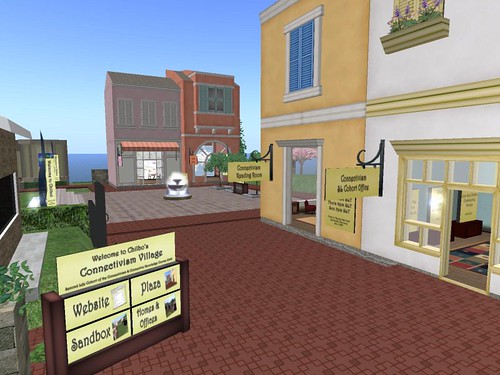
The Connectivism & Connective Knowledge course continues into Week 7, and I have fallen woefully behind on the readings, and even missed the last couple of meetings in Second Life! Still, the Connectivism Village continues to receive a high amount of foot traffic and I keep getting emails that people really enjoy the resources we’ve provided there, so I’m hopeful that the sometimes asynchronous nature of our connections in online networks doesn’t dilute the usefulness of the space. I hope things will be a little calmer this week and that I’ll get to attend the next Second Life cohort sessions!
EDUCAUSE 2008
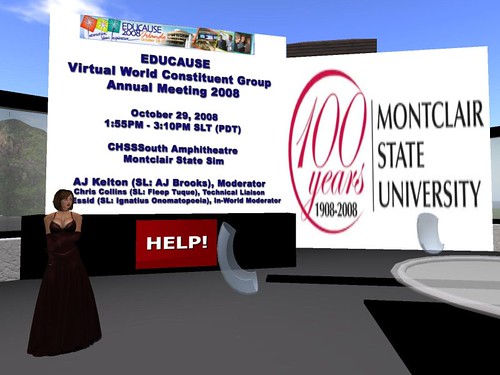
I have the privilege of working with AJ Kelton (SL: AJ Brooks) from Montclair State University and Joe Essid (SL: Ignatius Onomatopoeia) from Richmond University again this year to stream in the EDUCAUSE 2008 Virtual World Constituent Group Annual Meeting into Second Life in a few weeks. How often do you get to work in an evening gown! Looking forward to the conference itself, and the Second Life interaction. Are you coming to EDUCAUSE this year? Leave a comment and let’s meet up!
What: EDUCAUSE 2008 Virtual World Constituent Group
When: Wednesday, October 29th, 2008
Time: 4:55pm to 6:10pm EST (1:55pm to 3:10pm SLT)
Where: Orlando, FL and in Second Life
SLurl: http://slurl.com/secondlife/Montclair%20State%20CHSSSouth/129/158/22
Learning, Libraries, & Technology 2009

Another symptom of the “too busy!” syndrome – I almost missed the opportunity to put in a proposal for the Learning, Libraries, and Technology 2009 conference! Formerly called the Ohio Digital Commons for Education, the new name didn’t ring a bell when I saw the Call for Proposals in my in-box – doh! Thankfully, my good friend Brenda Boyd (SL: Stargazer Blazer) at Miami U gave me a poke with a sharp stick about submitting something – thanks Brenda! This is without a doubt one of the best educational technology conferences I attend all year. Ohio educators especially should go to meet and network with great colleagues, learn about what’s happening in the state, and to get new ideas to bring back to your home institution. In the years that I’ve attended, I don’t think I’ve ever come away from it without learning something new and immediately useful. Will cross my fingers on the proposals!
I’m sure there’s something else I’m forgetting, but that’s it for today’s updates. Hope everyone else is having a great quarter or semester so far, and maybe doing a better job of keeping up with everything than I am!
14
Sep 08
CCK08 – Connectivism Village in Chilbo
(This post is about the Massively Online Open Course called Connectivism and Connective Knowledge being taught by George Siemens and Stephen Downes from September to December 2008. Over 1900 participants have signed up, and I am facilitating the Second Life cohort for the course. Over the following months, I will be posting about the experience, home work assignments, and other materials related to our activities.)
Cross posted from the Chilbo Community Blog:
Following the end of the very successful Chilbo Summer Fair, we said goodbye to the Ferris Wheel and fabulous rides, artworks, and projects and made way for a new three month project in Chilbo.
Connectivism Village in Chilbo

The Main Gate of the Connectivism Village down in the south Madhupak area of Chilbo.
This month marks the start of the Connectivism & Connective Knowledge course, a Massively Online Open Course. From the course info:
Connectivism and Connective Knowledge is a twelve week course that will explore the concepts of connectivism and connective knowledge and explore their application as a framework for theories of teaching and learning. It will outline a connectivist understanding of educational systems of the future. George Siemens (SL: Whatever Russel) and Stephen Downes – the two leading figures on connectivism and connective knowledge – will co-facilitate this innovative and timely course. The course will run from September 7, 2008 to November 29, 2008 and will be fully delivered online.
Over 2000 participants from around the world have signed on to take part, and several members of the Chilbo community are fellow students, including Gann McGann, Olando7 Decosta, Samuel Sputnik, Sine Rennahan, Tara Yeats, and Wainbrave Bernal. The Chilbo Community is hosting the Second Life cohort of the class, and Cosimo Urbanowicz has also joined some of the early discussions and helped with the construction of the Connectivism Village down in Madhupak.
SL Cohort Wiki: http://chilbo.wikispaces.com/Connectivism+Course+in+Chilbo
SL Cohort Googlegroup: http://groups.google.com/group/connectivismSL
SL Cohort Tag: CCK08SL
Second Life Cohort Weekly Meeting Times:
Tuesdays at 11AM SLT (-7GMT)
Thursdays at 6PM SLT (-7GMT)
Sundays at 5PM SLT (-7GMT)
Purpose of the Connectivism Village
Initially, the impulse was simply to see if other students in the course who also had Second Life accounts were interested in meeting weekly in-world to discuss the Connectivism course. Though there are many communications tools used as part of the course structure, I’ve begun to feel I haven’t really “met” someone until I’ve “seen” them – even if that meeting and seeing takes place in avatar form. Psychologically, it seems as if I don’t feel the same level of engagement with another person through their blogs, tweets, or discussion board posts unless I’ve “met” them first, and I was interested in meeting other students in the class.
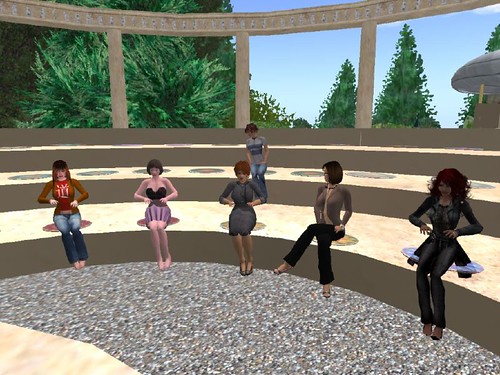
Thursday is ladies night? Members of the Connectivism course discuss the first week in Chilbo’s Shrubbery Amphitheatre.
But as I began to read more about Connectivism, I started to think that it might contain concepts that could be better visualized in 3D, and for SL building, the Second Life cohort would need land and prims. After talking with folks in the community, we cleared up the Fairgrounds area and made room for a temporary Connectivism Village project that would last three months and house members of the course who needed a home base in Second Life.

Small mini-homes and offices are available for members of the Second Life Cohort of the Connectivism course for the duration of the class time. Some students are interested in finding roomates!
The Fairgrounds area is also large enough to host some central facilities and resources for the course, to help make sense of the plethora of web based feeds, tools, readings, and course media. The Connectivism Second Life Cohort Office will simplify the process of folks joining the cohort, and the Connectivism Reading Room contains all of the assigned weekly readings and some introductory materials for the course.
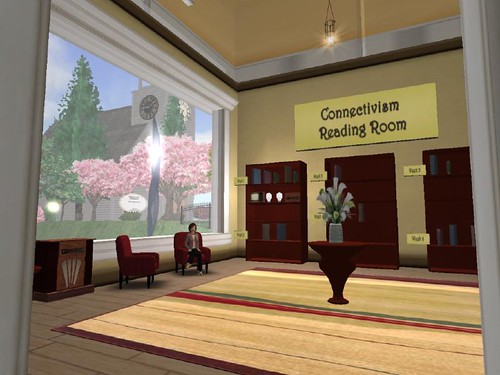
The Connectivism Reading Room can help students visualize course readings and discussion archives, as well as provide a place to discuss readings ad hoc through the week.
The Connectivism Course Tools Sundae Shop is a whimsical take on the somewhat overwhelming nature of the course structure. With several websites, communication mediums, RSS feeds, and course emails, Moodle forums, Facebook, and on and on, it’s a little rough trying to figure out which tools will work for your particular needs. The Sundae Shop is a metaphor for taking the flavors you like and sampling some of the others, not putting every choice on the sundae!
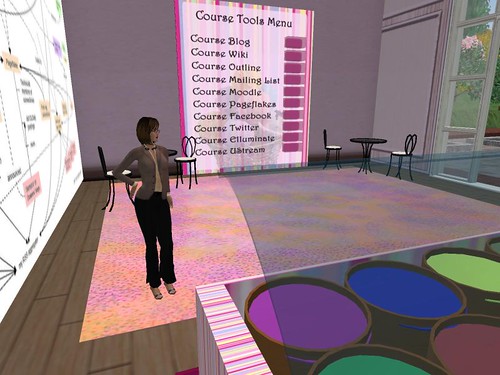
The “Menu” of various course tools in the Connectivism Sundae Shop.
Beyond the few buildings near the plaza, however, I think it will be the Connectivism Sandbox that will hold the most interesting content of the course. Here we can play with models, particles, sets, artwork, media.. whatever strikes our fancy as we play with the concepts of the course and learn more about Connectivism. For those who are new to building in Second Life, visit the Ivory Tower of Primitives for a walk through, self-paced building tutorial. The Ivory Tower is a cultural institution of Second Life and shouldn’t be missed even if you’ve learned on your own!
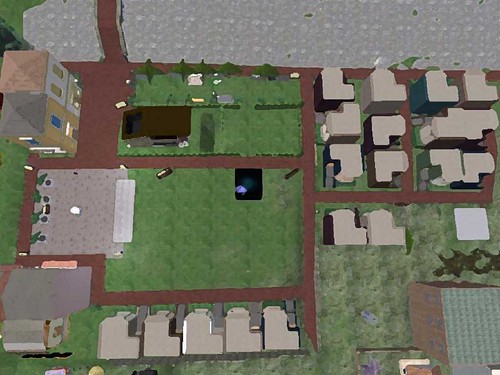
An overhead view of the Connectivism Village in the Chilbo Community (Madhupak sim).
I look forward to seeing how the Second Life cohort of the course progresses, and I encourage anyone from Chilbo to participate or check it out! If you have time to wander down, please say hi to any students you see too! They are members of the Chilbo Community Building Project group and have the group tag “Chilbo Connect!” ~ Fleep
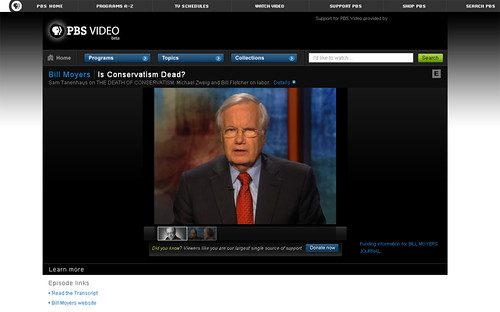

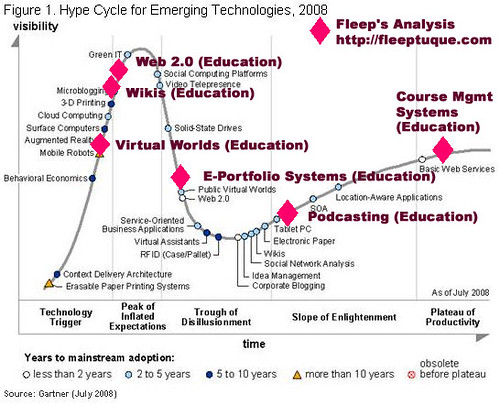
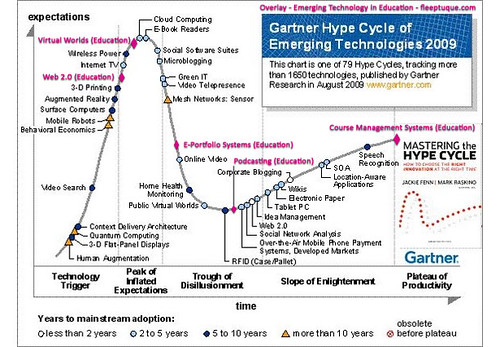
![Reblog this post [with Zemanta]](http://img.zemanta.com/reblog_c.png?x-id=e85dc174-518b-41d3-bb4f-ac1aefacaefe)

![Reblog this post [with Zemanta]](http://img.zemanta.com/reblog_c.png?x-id=87d05662-8f59-453f-8396-693553b47120)


![Reblog this post [with Zemanta]](http://img.zemanta.com/reblog_c.png?x-id=f831edc0-881a-44cb-b491-b43107ea47bf)
![Reblog this post [with Zemanta]](http://img.zemanta.com/reblog_c.png?x-id=03eb08ee-fe1b-46f0-ad4c-1de4fb485cf9)